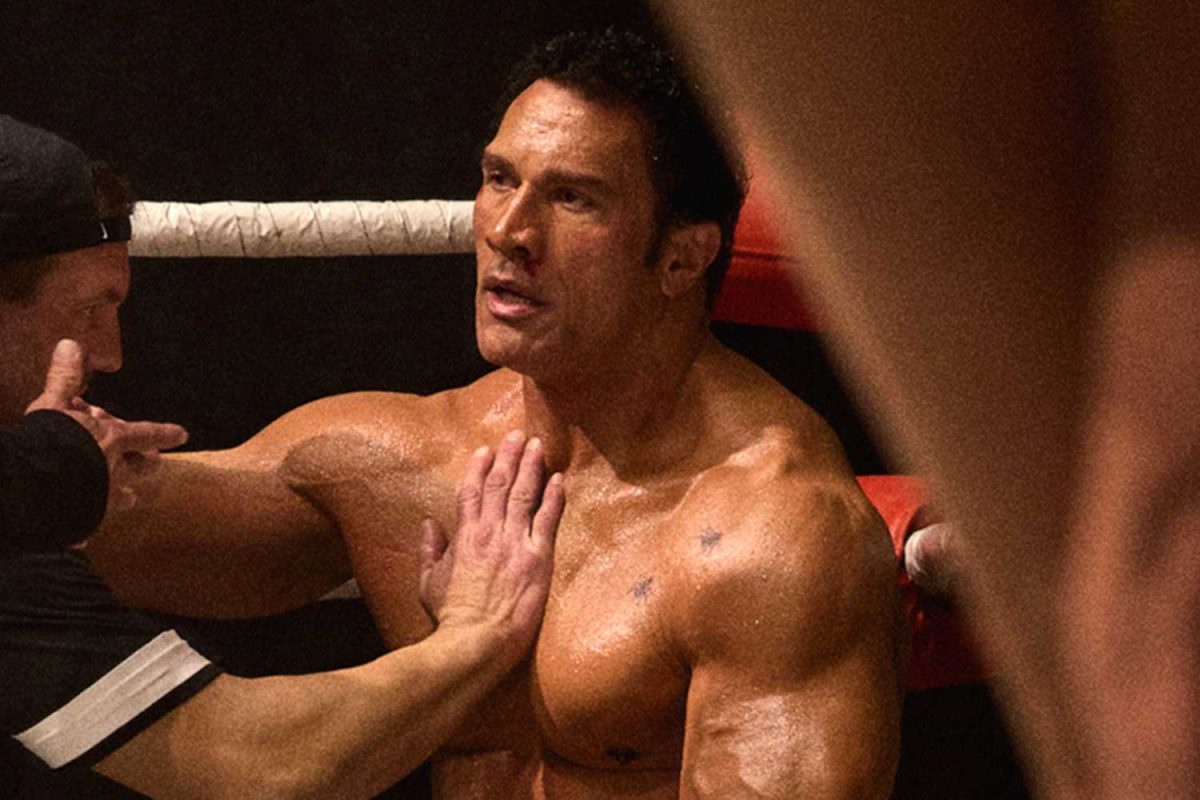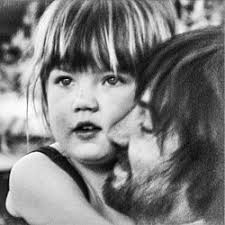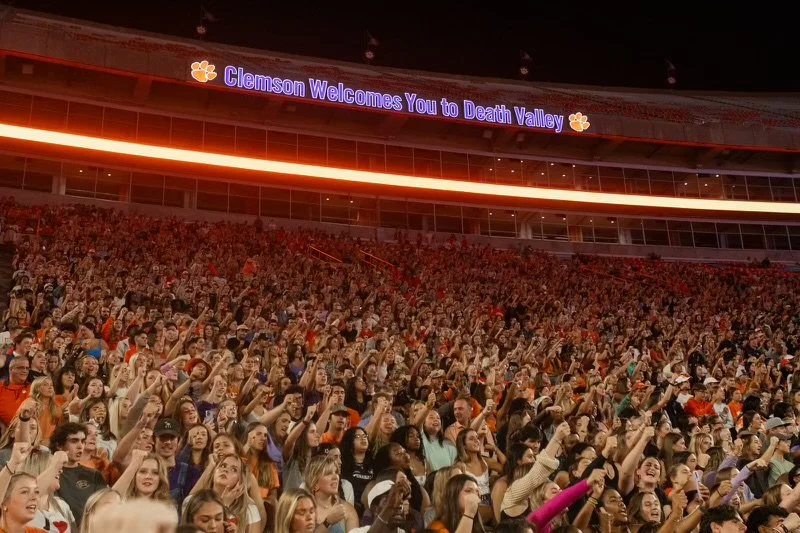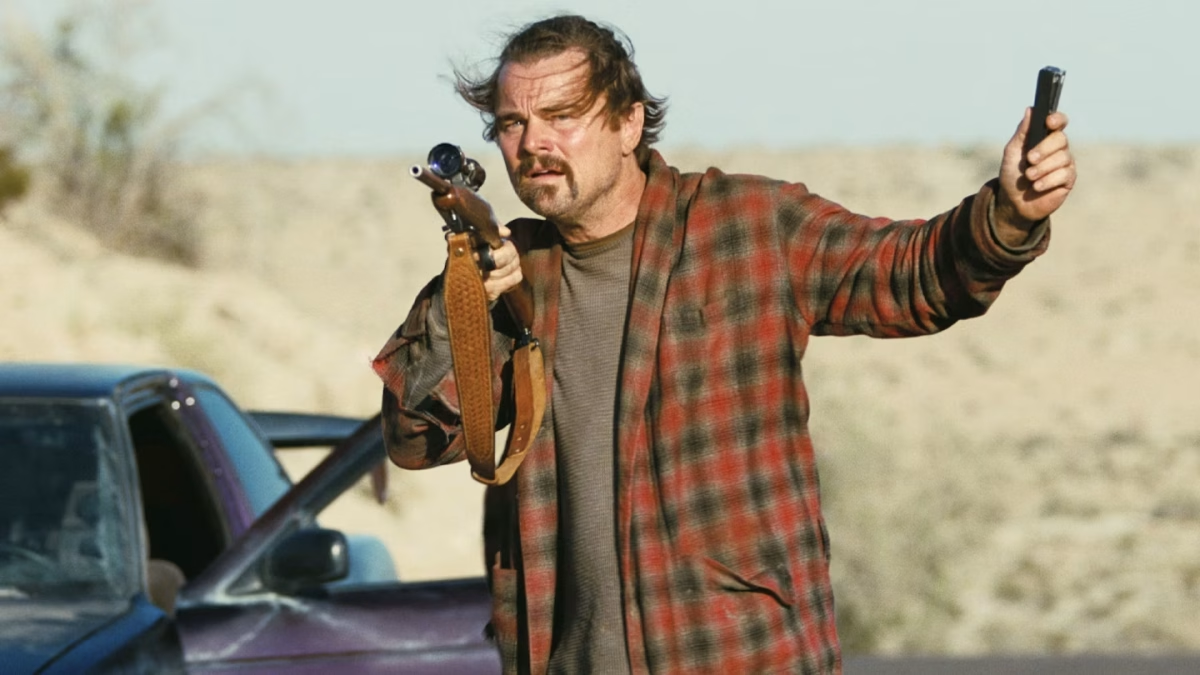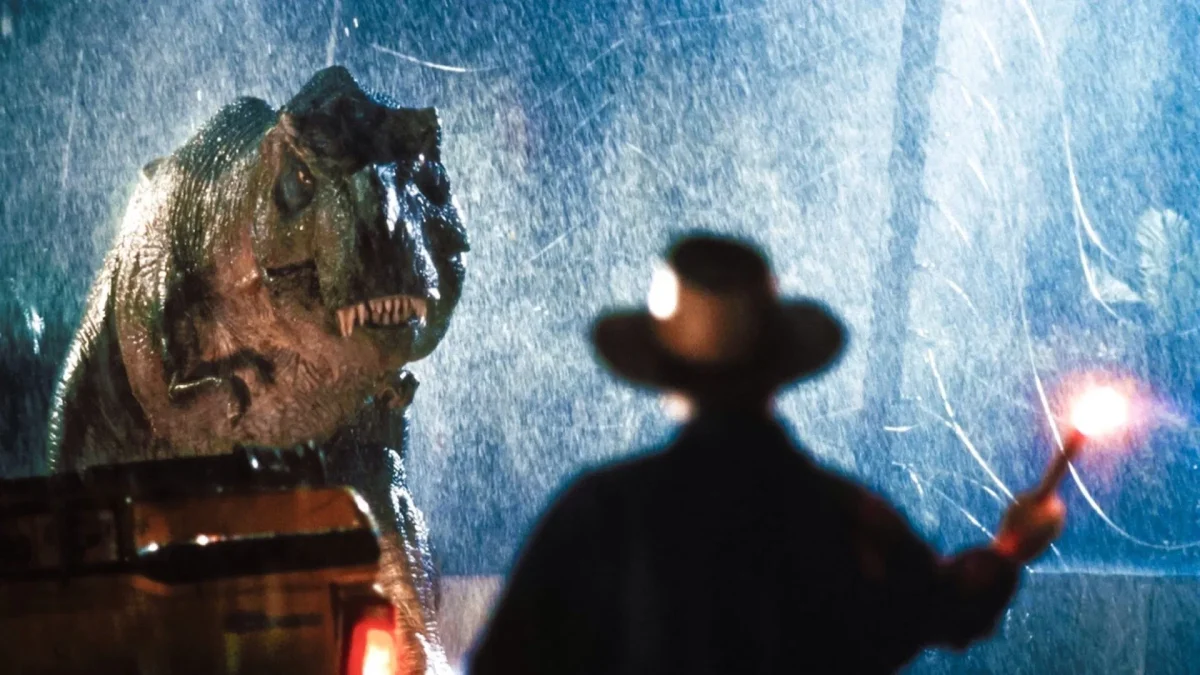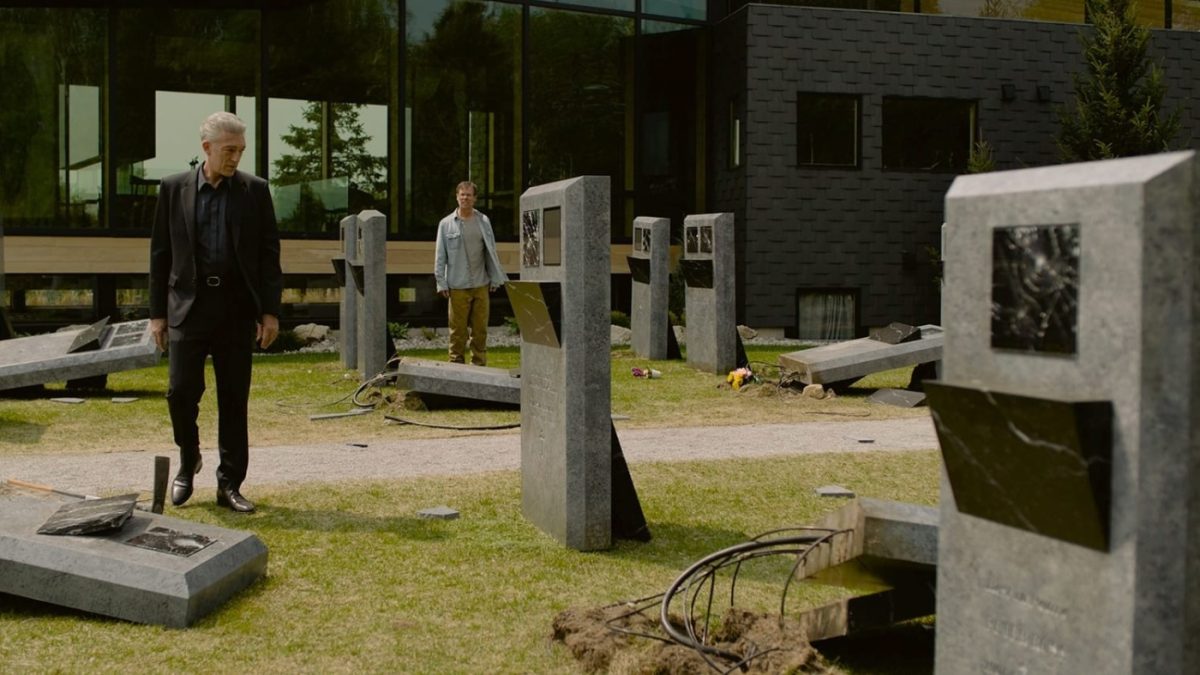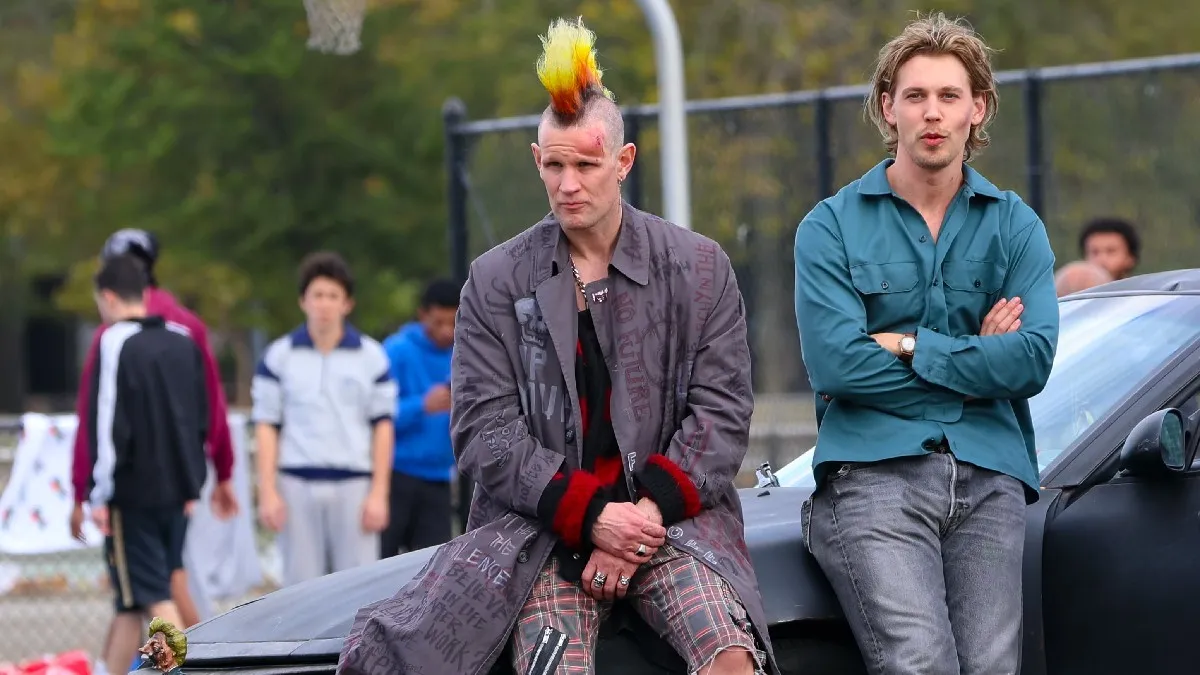Benny Safdie’s “The Smashing Machine” meandered onto movie theater screens on Oct. 3. The film depicts a few consequential years in the life of MMA fighter Mark Kerr, played by Dwayne “The Rock” Johnson.
“The Smashing Machine” is Safdie’s first feature film as a solo director, breaking away from his brother and co-director, Josh Safdie. His brother is also set to release his own solo feature film, “Marty Supreme,” later this year.
Considering Johnson’s track record of acting as a stock character of himself in roles made especially for him, the prospect of the wrestler-turned-actor starring in a biopic drama caught my attention. I wondered if he could show some true acting prowess that he’d rarely displayed before in his newest role.
I found it intriguing to watch Johnson take on a dramatic role with a character going through various situations, allowing him to display his personal range of emotions.
To aid in the authenticity of the performance, in addition to subtle prostheses on his face, Johnson maintains mannerisms and a vocal range meant to stray away from his own traits and make him act and sound more like Kerr. In regular speech, he speaks softly and articulately with minimal pauses, and even when he ramps up to yelling in some scenes, he still retains an underlying vulnerability in his voice. The mannerisms and cadence of Johnson’s Kerr were a memorable aspect of the film.
Emily Blunt, Ryan Bader and Bas Rutten, who all perform passionately, round out the main cast.
The first half of “The Smashing Machine” mostly held my attention, thanks to the novelty of witnessing Johnson’s dramatic performance, which was unlike anything he has done in years. However, the overall pacing of the film was slow due to the characters’ lack of investment or motivation.
It seems to suffer from the same issue as most modern biopics, which is a lack of following through on a message. In fear of being overly selective and therefore an inaccurate representation of the subject, it doesn’t commit to a clear message or theme, which could make the movie stick with the audience as they exit the theater.
The sound design and cinematography are competent, nothing too compelling or striking, but adequate to convey the characters and world. However, the sound and visuals are not all working towards the same goal. Although each aspect is stylish and neat, they don’t fully gel.
Additionally, there is a lack of immediate stakes and goals, leading to some points of floating around waiting for the next fight scene that will decide the main character’s trajectory. These weaknesses ultimately leave the film experience feeling relatively shallow and superficial.
“The Smashing Machine” doesn’t place a filter over Mark Kerr’s life and intends to show as many shades of the fighter as possible, but it doesn’t get into what makes the character particularly compelling. However, I will maintain that Johnson takes a step forward with his performance. He was not just playing another variant of “The Rock” this go around.
Certain audiovisual aspects of the film are well done, but they aren’t appropriately substantiated through cohesive thematic intent. “The Smashing Machine” has a few great moments and qualities, but the sum of those parts does not combine for a hefty payoff.



